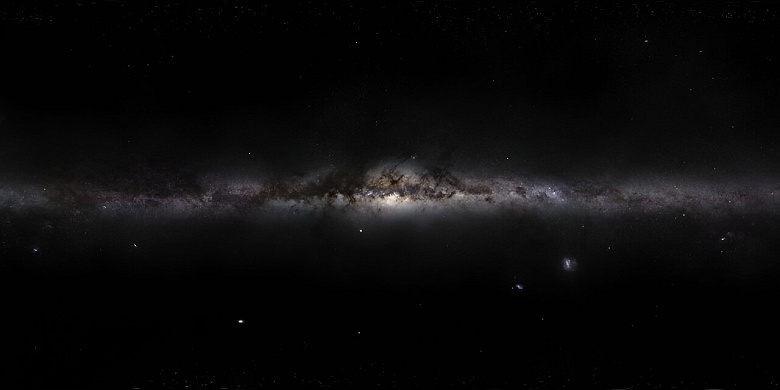The ultra-powerful VISTA telescope will reveal an area of the Universe that has long been hidden from the gaze of astronomers
Our knowledge of the Universe is limited by the fact that we are inside a galaxy, which is filled with interstellar gas and dust. This is especially true in the central region of the Milky Way, which is known as the “Zone of Avoidance” due to the abundance of dust. Within this region, our ability to observe extragalactic objects is limited, but this situation is gradually changing.
Even though visible light is blocked by dust, infrared and radio waves can still penetrate the area. Astronomers have long used radio and infrared observations to study the center of our Galaxy, for example to study stars orbiting a supermassive black hole.
The new study used publicly available data from the VVV (VISTA Variables in Via Láctea) survey collected by the VISTA telescope in Chile. Although the survey focused on star clusters, it also contains data on galaxies in the observed region. The research team began by selecting the most common objects from the overall data set and further filtered to identify galactic objects with a typical spectrum. Although they may have missed some galaxies by using this filtering method, the main goal was to detect at least a few, not an exhaustive set of galaxies.
Then the found candidates were compared with data from the 2MASS Extended Source Catalog. The 2MASS catalog contains 1.5 million objects, but only 271 of them are in the VVV survey area. After analysis, the team found that only 182 of these objects were galaxies. Although this is a small number, the results of the study are remarkable—the VVV images provided significantly more detail than the 2MASS survey, and astronomers were able to confirm 75% of the 2MASS galaxies in the area.
This is just the beginning of studying the galaxies hidden by the Zone of Avoidance. In the future, the team plans to continue this work and use data from the extended VVV survey, which will allow them to study thousands of galaxies. The center of our Galaxy, which remained hidden for a long time, will no longer be an area inaccessible to study.

